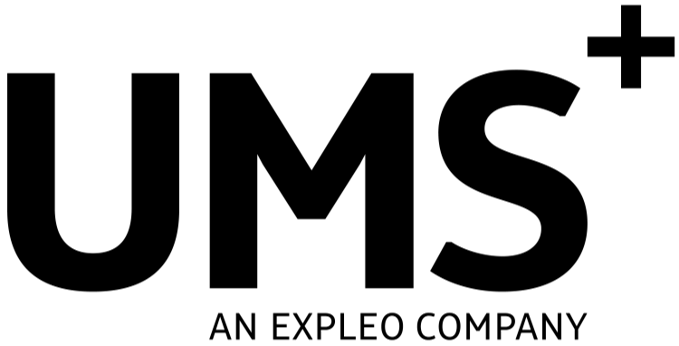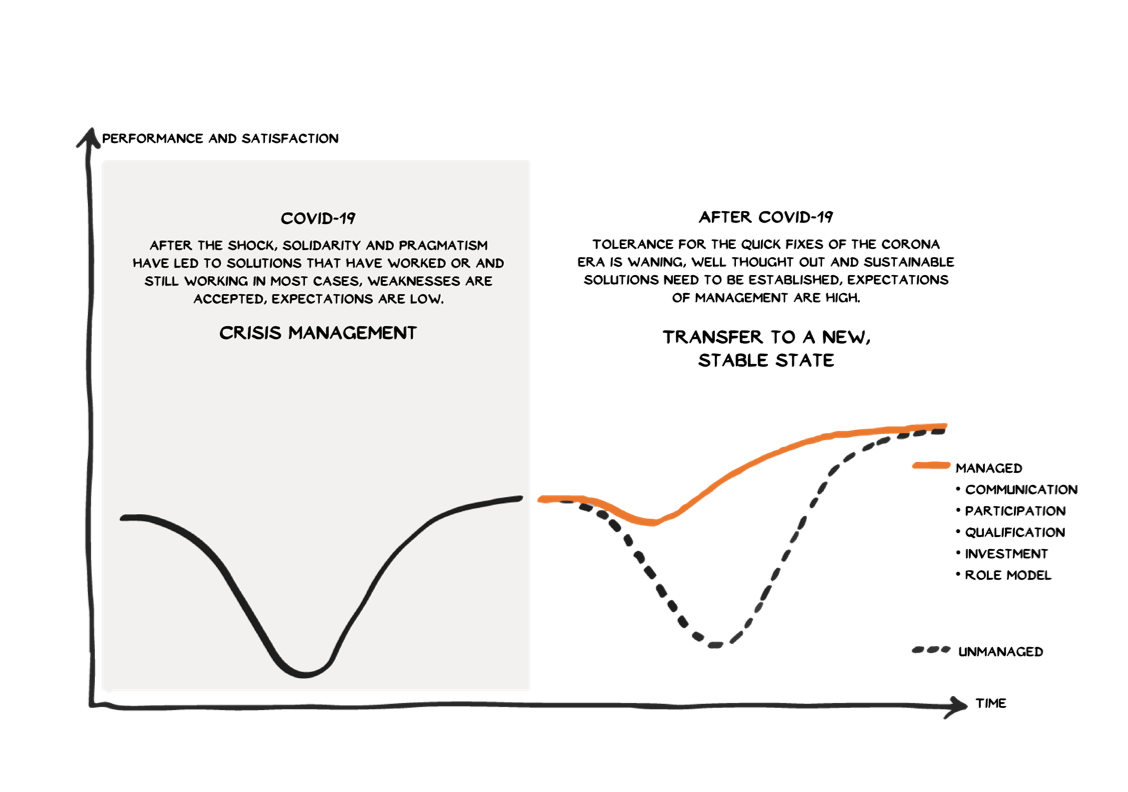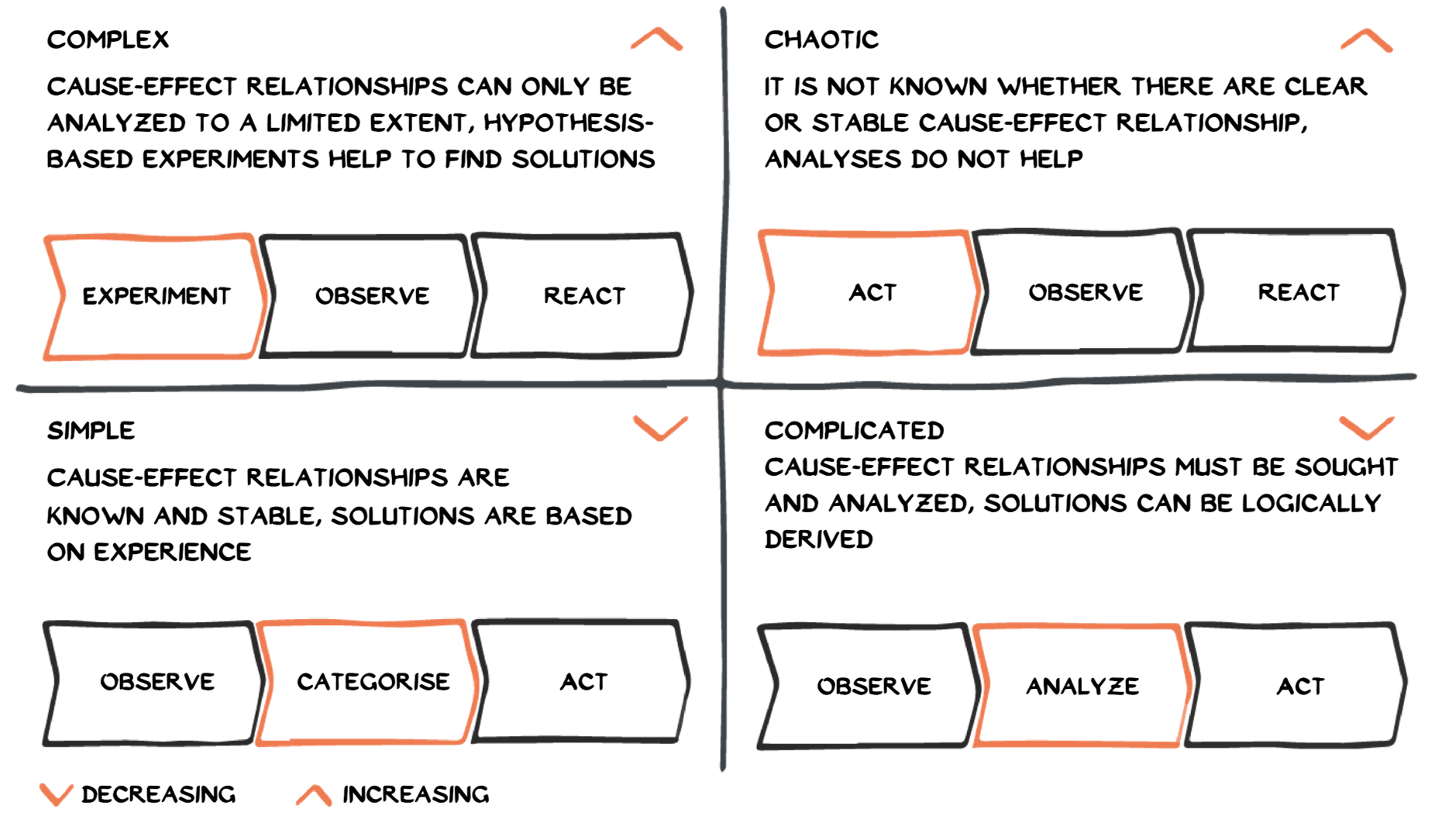
MASTERING THE CHALLENGE OF NEW NORMAL
TO EMERGE STRONGER FROM CRISES, YOU NEED THE ABILITY TO RECOGNIZE THE GOOD IN THE BAD. THIS IS NOT ALWAYS EASY, ESPECIALLY WHEN OPERATIONAL, TIME-CRITICAL PRESSURES DOMINATE. IN THE CONTEXT OF CORONA, IT IS SIMILAR: MANY CHANGES THAT HAVE BEEN SET IN MOTION BY CORONA HARBOR POTENTIAL. BUT WHICH POTENTIALS ARE THERE AND WHAT NEEDS TO BE DONE TO LEVERAGE THEM?
New Normal, Next Normal, Next Reality or whatever you call it, for many people Corona has significantly changed ways of working. New Normal describes not so much today as the state after Corona. The time when contact fears and contact restrictions are obsolete. Here are two hypotheses:
- Much of what has changed so rapidly in recent months is unlikely to return to pre-Corona levels. What we considered normal before Corona will be significantly different from what we will consider normal after Corona.
- Because the reactions to Corona have led to solutions that will only be stable to a limited extent, employees will go through a double change curve regardless of their function and role in the companies:

Figure 1: Double corona change curve
Unlike "usual" progress - if you can even say that - Corona came unplanned, unwanted, unexpected, global and with an impact on all areas of life. Corona presented us with challenges for which we were not prepared, or at least not adequately prepared. Instead of a gradual change, we had to jump in at the deep end. Many were confronted overnight with social isolation, home offices and homeschooling, and had to give up numerous daily routines. And not necessarily of their own free will and inner conviction. All the more remarkable that many things worked out amazingly well! This statement is in no way intended to minimize the negative effects of Corona, but who knows how bad things would have been if Corona had not also triggered a wave of goodwill, creativity, pragmatism and willingness to compromise. What seemed more or less unthinkable before Corona suddenly became reality: customers who responded to limited service with forbearance and understanding, companies that adapted products and processes in a short time and, in consultation with co-determination bodies, enabled numerous employees to work from home. The motto is: "Just give it a rest, we're only talking about temporary solutions. A mistake. The state of emergency has prevailed for so long that new, temporary behaviors have become new habits. And with the second wave of infection at the latest, some of these new habits are increasingly becoming the building blocks of a post-Corona normality, the so-called New Normal.
Should the current developments lead to resilient and stable equilibria even without corrections, there would be nothing to do but wait and see. But this will hardly be the case. For your company, this means that you should address the following questions in order to shape the New Normal in such a way that corporate goals can be achieved sustainably even after Corona. And that's regardless of whether your company's focus is on, for example, increasing customer value, improving delivery performance, reducing costs, or increasing agility within the company.
WAIT AND SEE IS NOT AN OPTION. WHAT NEED FOR ACTION DO YOU HAVE IN YOUR COMPANY?
We recommend that you first take a critical look at the following questions to assess the current situation and thus the starting point for the New Normal:
- How can you tell if the status quo is sufficiently good? Do you have objective and clear metrics and measurement systems? Do these metrics paint a complete picture against which not only results can be assessed, but also processes can be managed? These are sometimes uncomfortable questions that should prevent you from glossing over reality or solely paying attention to the negative aspects of the situation.
- Is the level currently achieved at least satisfactory for the time after Corona? Many companies are experiencing sales declines, which in turn are leading to reduced work volumes. Turnaround times and backlogs of work, to name just a few examples, may look good. But what happens when sales and work volume pick up again? Will customer demands for turnaround times, reliability and professional communication increase because the willingness to compromise and patience come to an end? In that case, what's good today won't be good enough tomorrow.
- To what extent do solutions implemented in a special situation also work in the medium or even long term? Will what works today also work tomorrow? Will employees accept working in a home office to the extent desired by employers in the long term, and will employers accept the desire for home offices? Will companies be willing to provide individual workstations for each employee? How will work, and especially collaboration, be managed if individual work schedules and work locations make it even more difficult to find common appointments in a timely manner? Employees report that they often work more hours in the home office than in the office. Will this continue? Is the technical infrastructure, from laptops to networks, scalable for growth? Will environmental, health and safety requirements be adequately met if the status quo continues? Are the current solutions legally and audit compliant?
Each company should answer these and similar questions for itself. Even if it is only possible to a limited extent due to limited performance measurement options, and those who express doubts about current performance are quickly referred to as suspicious control freaks. Changing a system without knowing where you stand and how far you are from the goal, in a positive or negative sense, is risky. And if we assume that the old principle "you can't manage what you can't measure" applies and that at least some of the pragmatic compromises of the past months will not be stable, then it is worth thinking about measurable requirements for the New Normal, about design parameters for the New Normal, and about the measures that will be used to design and manage the New Normal.
WHAT SHOULD THE NEW NORMAL ACHIEVE?
No matter how the working methods in the new normal are designed, from the employer's point of view they should always contribute to achieving corporate goals. The focus is then on financial and production indicators as well as the maturity of organizational capabilities.
From our experience, typical requirements for the New Normal are:
- Increase in customer satisfaction or Net Promoter Score.
- Increase in labor productivity
- Reduction of workplace costs per employee (space, technology)
- Increase in the proportion of remote work
- Reduction of travel costs
- Increase in employee retention
- Increased flexibility with a simultaneous decrease in reaction/adaptation speed
The list is not really surprising: everything is supposed to get better. Now the only question is what companies and codetermination bodies, managers and employees are willing to do to make it happen. What are the parameters that have an impact on achieving the above goals? Here are a few thoughts on this.
WHAT DO YOU WANT TO REGULATE AND ADAPT WITHIN THE FRAMEWORK OF THE NEW NORMAL?
To cope with the complexity, we recommend creating an organizational structure. The simplest thing to do, once the processes and organizational units relevant to the New Normal have been selected, is to distinguish four rough thematic blocks or design parameters:
- labor law issues including co-determination
- The way in which the company works together, including management and leadership
- Hardware and software, including data lines, data protection and support
- Buildings, rooms and furniture including work materials and occupancy management
The topics do not overlap. If, for example, mobile working is envisaged, this must be regulated in the employment contract and with the co-determination bodies. This goes so far that regulations also have to be made on how to deal with any canteens and meal allowances or even company cars and job tickets for public transportation, etc. Mobile working also has a direct impact on collaboration models: Who decides where to work and when, how are service times or presence meetings ensured, how and on what data basis is performance appraisal carried out, etc.? How is occupational safety ensured and how can employers fulfill their duty of care when employees work from home? The interface to customers and suppliers should also not be forgotten: how are they communicated with and how are service levels managed? Closely linked to this are the requirements for technical equipment, which, to take just a few examples, must support mobile working and ensure data security, both in internal communication and externally. And last but not least, there is the question of what implications mobile working has for the space available and for space management.
This spontaneous list of design parameters shows how complex the topic is or can become, depending on what needs to be explicitly regulated.
However, identifying the design parameters is only the first step; the real work consists of defining and implementing the respective characteristics. Speed will be critical to success here. First, because the expectations of employees and customers have already matured considerably, and second, because the current framework conditions are likely to be anything but stable.
If one wanted to locate the development of a New Normal in the Cynefin matrix, it would be a complex and not a complicated topic:

Figure 2: Categorization of task types based on the Cynefin matrix.
AN AGILE APPROACH LEADS TO THE GOAL
What does this mean for practice? The key message is that the target state for the New Normal is best found through experimentation, and therefore the solutions can ideally be found through agile methods. And that's regardless of whether you end up wanting to embed agile in the New Normal.
Critical to success, as with any experiment, is the clever experimental design. It would be presumptuous to try to present a one-size-fits-all approach here, but some ideas have proven successful in our opinion:
- Identification of representative business units
- specification of fixed and variable design parameters
- systematic development of solution ideas by means of trial and error by affected employees
- Collection and consolidation of proven solutions
- Derivation of standards and implementation, taking into account the magic implementation triangle of want, can and may.
This probably all sounds very logical and comprehensible. Nevertheless, we advise caution, because it is not simple or complicated, it is complex in the sense of the Cynefin matrix. And the solution procedure that matches the complexity is often at odds with the procedure that is common for large companies in particular: analysis and design by the responsible experts. As obvious and tempting as this approach may be, and as plausible as it seems because issues of labor law and technology in particular are typical expert topics, it is certain that the classic approach is too slow and probably also too technocratic. The New Normal starts with the design and implementation of the New Normal and what we recommend here is a rather agile approach. Small side effect: If you are already flirting with the topic of agility in your company, the design and implementation of the New Normal is a perfect opportunity to test agile procedures and to let agile elements flow into future collaboration models.
Benefit from our experience in both agile transformation and the design of the New Normal - get in touch with us. We are looking forward to it!
More
Organisational capabilities
- Strengthen customer focus
- Set priorities
- Implement actions
- Boost immune system
- Build human capital
- Increase efficiency
- Increase effectivity
- Promote innovation
- Manage change
- Manage complexity
- Increase agility
- Create transparency
- Ensure sustainability
- Build resilience
- Promote collaboration
Consulting Cases
Academy
- Lean Six Sigma Black Belt
- Lean Six Sigma Green Belt
- Lean Six Sigma Green Belt to Black Belt Build-Up training
- Six Sigma Yellow Belt
- Agile for Not-IT
- Agile Project Management
- Belbin Team Development
- Business Excellence for Executives
- Business Model Generation
- Change Canvas
- CIT Master
- CIT Practitioner
- Digitalization Excellence for Executives
- Understand customers
- Lean Six Sigma Master Black Belt
- Lean Transformation Belt
- Lego Process facilitator
- Organizational Burnout
- Process Management Green Belt
- Work Life Balance